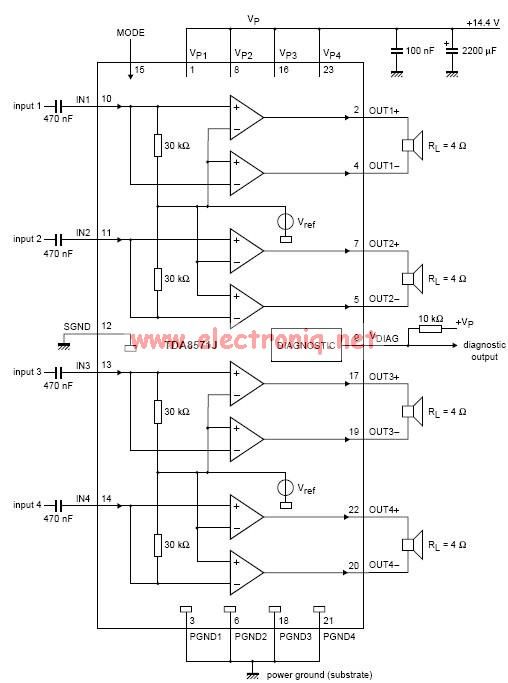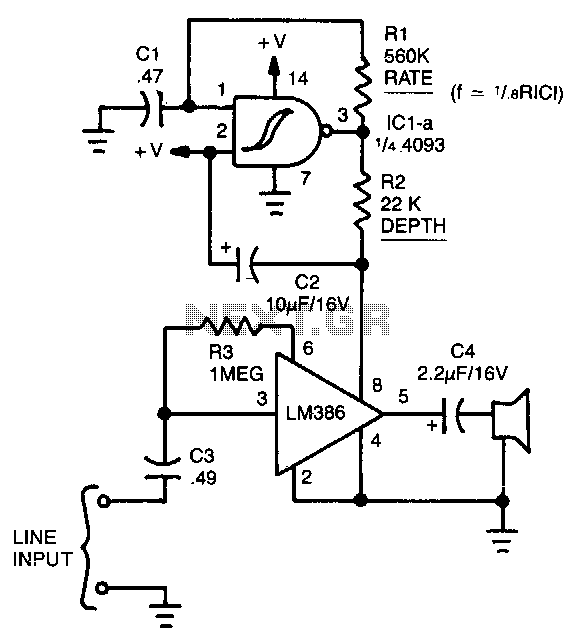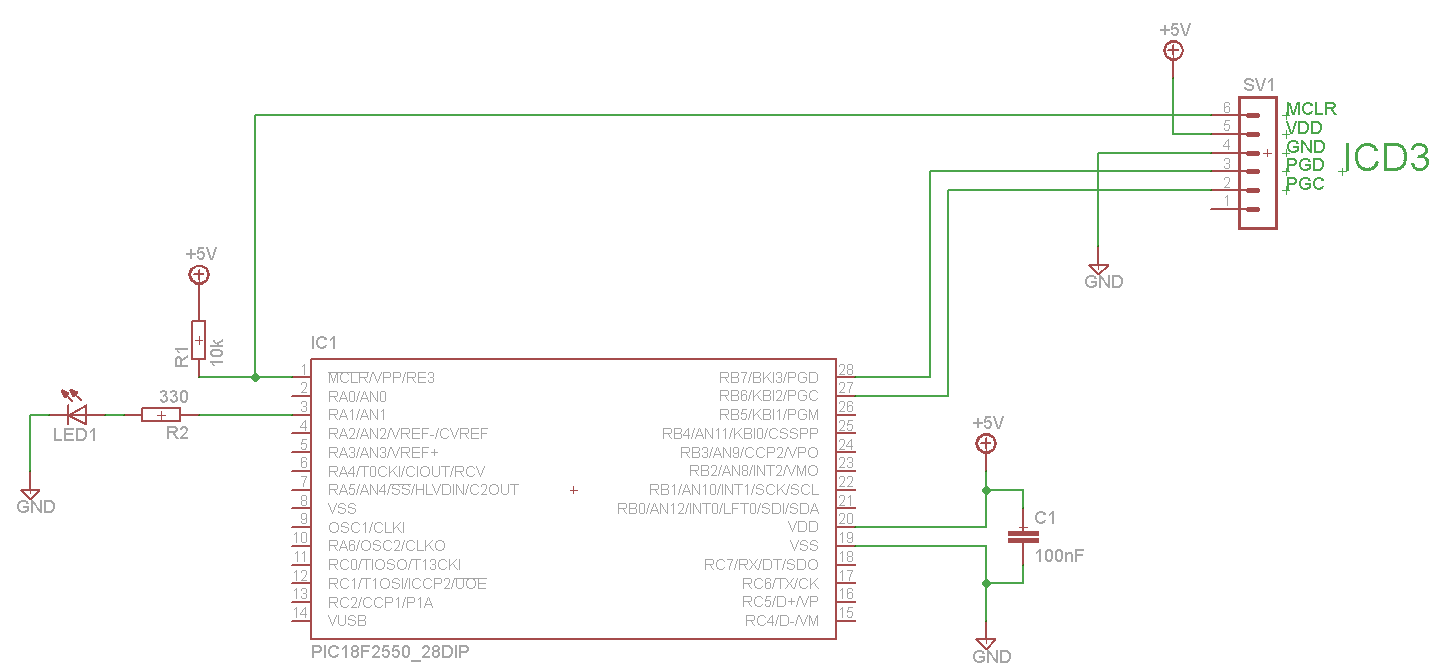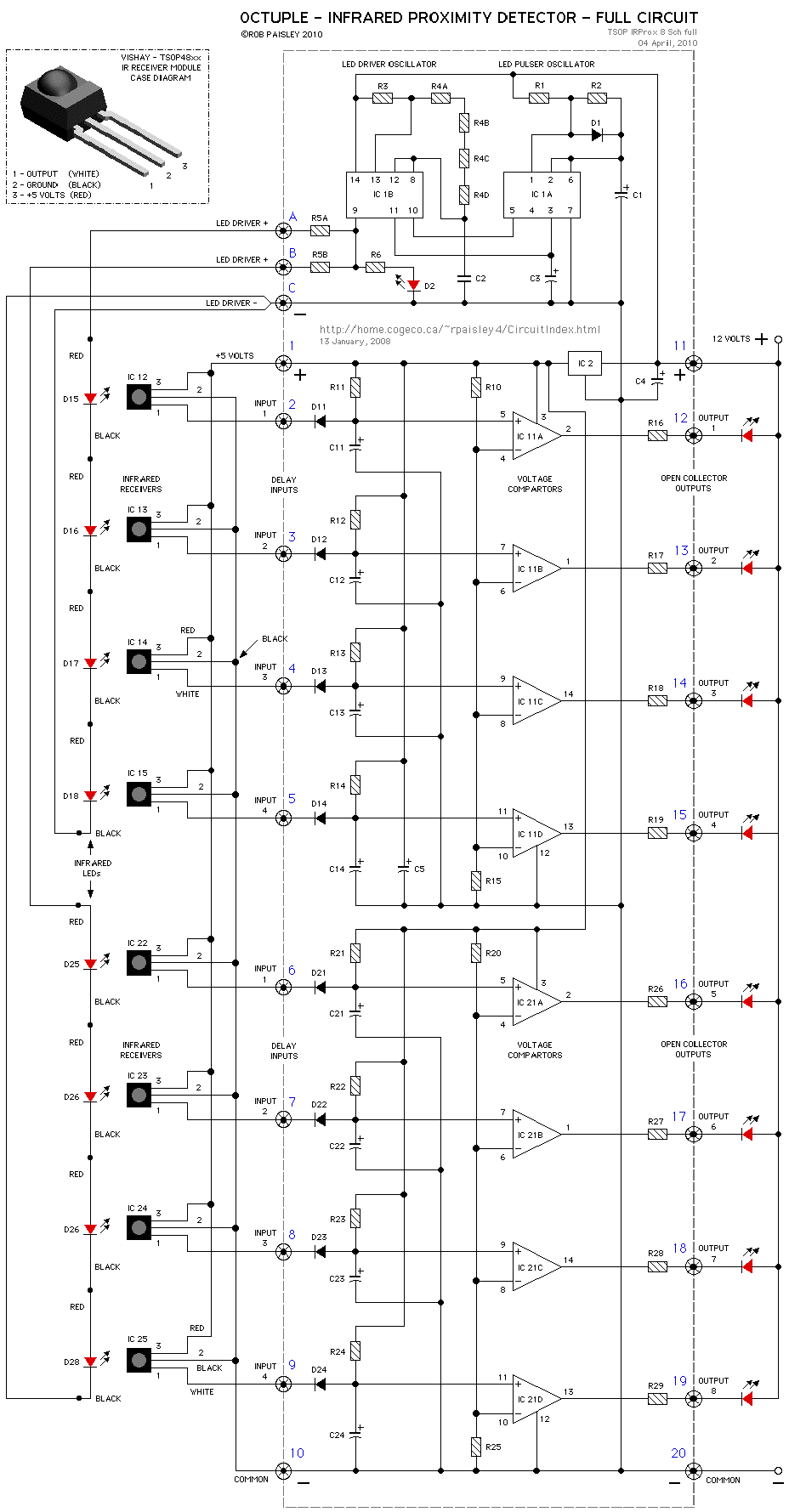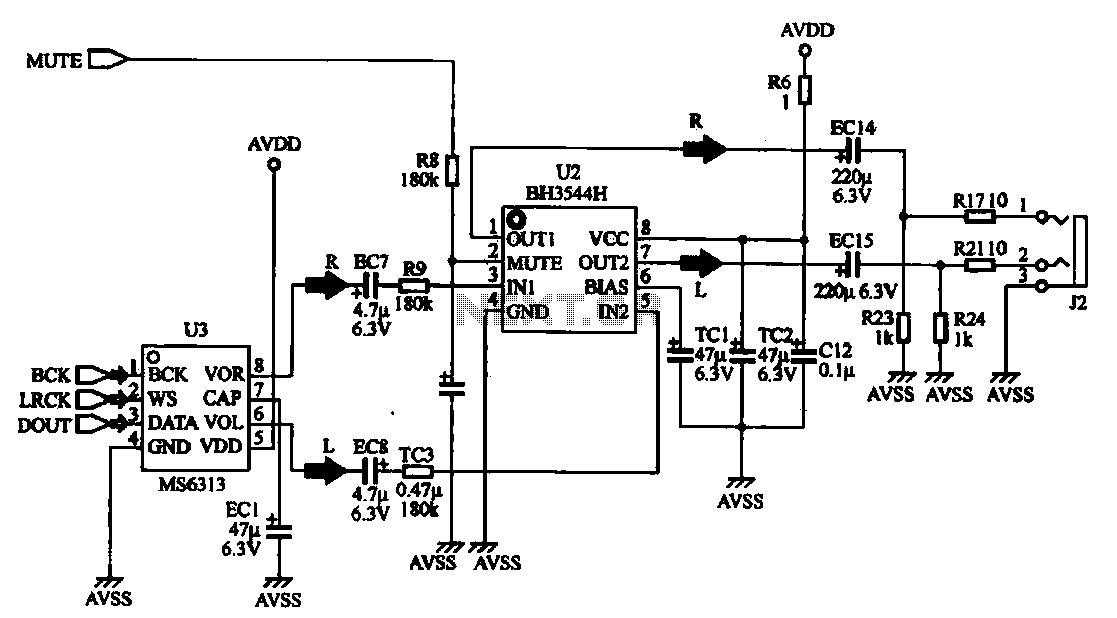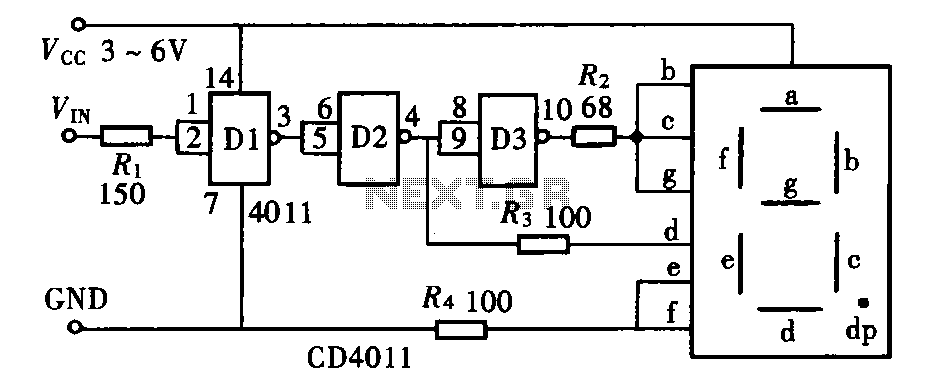
diy tremolo effect circuit
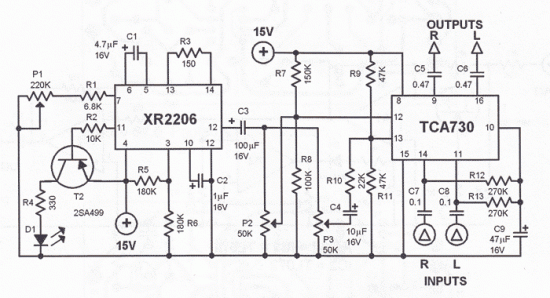
This tremolo effect circuit utilizes the XR2206 and TCA730 integrated circuits, designed for electronic balance and volume regulation with frequency correction. The circuit is beneficial for stereo channels and can simulate the Lesley effect, also known as the rotating loudspeaker effect. Balance and volume adjustments are made using a linear potentiometer for both channels. If this potentiometer is substituted with an AC voltage source, periodic modulation of the input signal can be achieved. The AC voltage source is derived from the function generator IC XR2206, which produces square, triangle, and sine wave signals, although only the sine wave is used for this project. The modulation voltage can be adjusted with P1 from 1 Hz to 25 Hz. Resistor R3 determines the operating level of the sine wave generator, while R5 and R6 establish the DC voltage and sine wave amplitude at the output. Capacitor C2 acts as a ripple filter. The square wave output of the XR2206 drives T2 and an LED, which optically indicates the frequency. The modulating voltage reaches pin 13 of the TCA730 through P3 and R10, functioning as the volume control or volume modulation. The extent of the balance modulation (Lesley effect) can be adjusted using P2. A regulated power supply, such as the 7815 IC, is recommended, as a non-stabilized power supply may adversely affect modulation due to current variations.
The tremolo effect circuit is a sophisticated design that integrates multiple components to achieve a rich audio modulation effect. The XR2206 is a versatile function generator that can produce various waveforms, but its sine wave output is specifically chosen for smooth modulation characteristics. The circuit's ability to simulate the Lesley effect is particularly valuable in audio applications, providing a swirling sound that enhances the auditory experience.
Key components include the TCA730, which operates as a volume and balance regulator, allowing for precise control over the audio output. The circuit's design ensures that both channels can be modulated independently, offering flexibility in stereo sound manipulation. The linear potentiometer serves as a user interface for real-time adjustments, while the option to replace it with an AC voltage source opens up possibilities for automated modulation, adding dynamic variations to the sound.
The resistors R3, R5, and R6 play critical roles in setting the operating conditions of the sine wave generator and controlling the amplitude of the output signal. Capacitor C2 is essential for filtering out any ripple in the output, ensuring a clean audio signal. The LED indicator provides a visual representation of the modulation frequency, allowing users to monitor the effect in real-time.
The power supply considerations are crucial for maintaining stable operation. The 7815 voltage regulator is recommended to provide a consistent voltage supply, minimizing the risk of fluctuations that could detrimentally affect the modulation process. Overall, this circuit exemplifies a well-thought-out design that merges functionality with aesthetic audio effects, suitable for musicians and audio engineers looking to enhance their soundscapes.This tremolo effect circuit uses the XR2206 and the TCA730 IC which is designed as an electronic balance and volume regulator with frequency correction. The circuit is usefull for stereo channels and it also has the ability to simulate the Lesley effect aka rotating loudspeaker effect.
Balance and volume settings are done with a linear potentiomet er for both channels. If this potentiometer is replaced with an AC voltage source, a periodic modulation of the input signal can be achieved. This AC voltage source comes from the function generator IC XR2206. This IC generates square, triangle and sinewave signals but for this project we use only the sinewave.
The modulation voltage can be varied with P1 from 1 Hz up to 25 Hz. Resistor R3 sets the operation level of the sinewave generator. R5 and R6 set the DC voltage and the sinewave amplitude at the output. C2 is a ripple filter. The squarewave output of the XR2206 drives T2 and a LED to optically display the frequency. The modulating voltage reaches pin 13 of TCA730 via P3 and R10. This input functions as the volume control or in this case the volume modulation. The degree of the balance modulation (Lesley effect) can be varied with P2. A regulated power supply using 7815 IC is recommended. Do not use a non-stabilized power supply since the current variations would influence the modulation negatively. 🔗 External reference
The tremolo effect circuit is a sophisticated design that integrates multiple components to achieve a rich audio modulation effect. The XR2206 is a versatile function generator that can produce various waveforms, but its sine wave output is specifically chosen for smooth modulation characteristics. The circuit's ability to simulate the Lesley effect is particularly valuable in audio applications, providing a swirling sound that enhances the auditory experience.
Key components include the TCA730, which operates as a volume and balance regulator, allowing for precise control over the audio output. The circuit's design ensures that both channels can be modulated independently, offering flexibility in stereo sound manipulation. The linear potentiometer serves as a user interface for real-time adjustments, while the option to replace it with an AC voltage source opens up possibilities for automated modulation, adding dynamic variations to the sound.
The resistors R3, R5, and R6 play critical roles in setting the operating conditions of the sine wave generator and controlling the amplitude of the output signal. Capacitor C2 is essential for filtering out any ripple in the output, ensuring a clean audio signal. The LED indicator provides a visual representation of the modulation frequency, allowing users to monitor the effect in real-time.
The power supply considerations are crucial for maintaining stable operation. The 7815 voltage regulator is recommended to provide a consistent voltage supply, minimizing the risk of fluctuations that could detrimentally affect the modulation process. Overall, this circuit exemplifies a well-thought-out design that merges functionality with aesthetic audio effects, suitable for musicians and audio engineers looking to enhance their soundscapes.This tremolo effect circuit uses the XR2206 and the TCA730 IC which is designed as an electronic balance and volume regulator with frequency correction. The circuit is usefull for stereo channels and it also has the ability to simulate the Lesley effect aka rotating loudspeaker effect.
Balance and volume settings are done with a linear potentiomet er for both channels. If this potentiometer is replaced with an AC voltage source, a periodic modulation of the input signal can be achieved. This AC voltage source comes from the function generator IC XR2206. This IC generates square, triangle and sinewave signals but for this project we use only the sinewave.
The modulation voltage can be varied with P1 from 1 Hz up to 25 Hz. Resistor R3 sets the operation level of the sinewave generator. R5 and R6 set the DC voltage and the sinewave amplitude at the output. C2 is a ripple filter. The squarewave output of the XR2206 drives T2 and a LED to optically display the frequency. The modulating voltage reaches pin 13 of TCA730 via P3 and R10. This input functions as the volume control or in this case the volume modulation. The degree of the balance modulation (Lesley effect) can be varied with P2. A regulated power supply using 7815 IC is recommended. Do not use a non-stabilized power supply since the current variations would influence the modulation negatively. 🔗 External reference
